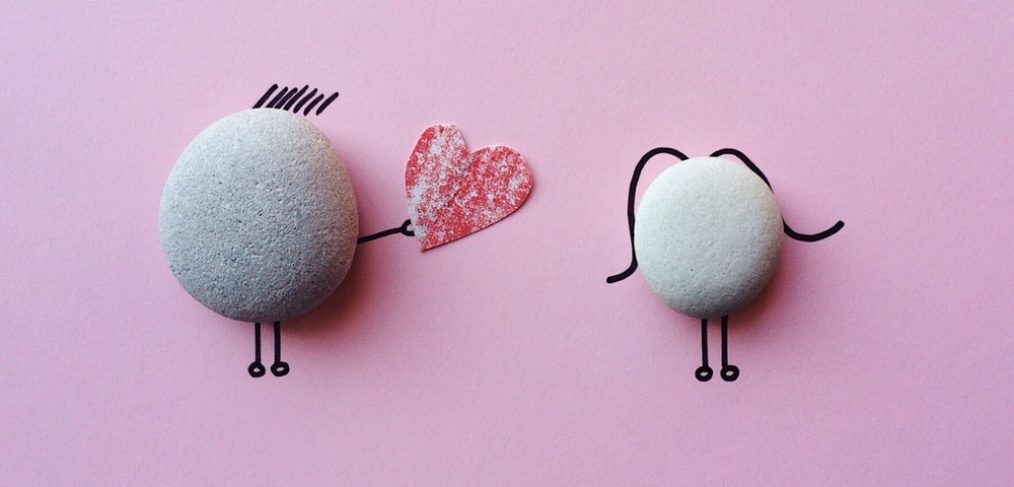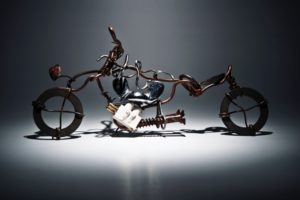
Let’s Loose Parts Play in Preschool!
“As long as materials can be moved, redesigned, put together, and taken apart in a variety of ways, they are classified as loose parts.” – Simon Nicholson, 1971 (Founder of the idea of Loose Parts)
The theory of loose parts has begun to influence child-play experts and playscape designers in a big way. It was first proposed back in the 1970s by architect Simon Nicholson, who believed that it is the loose parts in our environment that empower our creativity.
So, what IS loose parts play in preschool?
In a preschool, loose parts are any collection of natural or manmade objects that can be used to extend and further ideas in children’s play. They are open-ended materials that can be moved, combined, taken apart, redesigned, lined up. There is no pre-determined use of the function.
Loose parts are open to a child’s interpretation and creative thinking.
A loose part can become anything!
In a preschool, be it indoor or outdoor environment we can provide an array of loose parts for use in play: stones, egg cartons, sand, soil, fabric, branches, wood, strings, balls, buckets, baskets, crates, boxes, leaves, rope, tyres, shells and bottles…



Why loose parts play
When children play this way, they
- Do the thinking and figure things for themselves
- Learn how to take healthy risks
- Find innovative ways to think about the world and how it works, based on their own self-led, intrinsically motivated interests.
- Practice necessary skills such as overcoming obstacles, creative problem solving (on their own or with other children), communicating their feelings effectively with others, and working with those who may have different points of view.
- Experience the joy of self-discovery, the thrill of being able to pursue their own creative ideas without the fear of failure that usually arises when there is one, predetermined way to be “right” or to “win”.


In a nutshell, Loose Parts allows children to do the thinking and it aids in the following learning areas:
- Problem Solving
- Engineering
- Creativity
- Concentration
- Hand-eye coordination
- Fine motor development
- Gross motor development
- Language and vocabulary building
- Mathematical thinking
- Scientific thinking
- Literacy
- Social/emotional development
and believe there’s much more…
How to loose parts play?

- Start collecting loose parts materials or add to your existing collection
- To support child-directed play, give children permission by making sure they have their playtime every day – time with no adult-directed activities. Some children may need encouragement, ‘It’s Okay! Just play.”
- Children need to have a place that they feel safe to play freely and get messy! This is where we play an important role. Assess the area and materials that children will be using before they get wild during their magnificent play. Making sure loose parts are age-appropriate and be aware of choking hazards.
- Lastly, Children are experts in their own play. To support them, simply observe and listen. When invited, play along! If children ask for help, lend a helping hand. This shows that you are supporting their play without taking over.
Say goodbye to fancy toys and gadgets… Happy Playing!
Cheers,
Capella Preschool Team
Reference/s
Anna Housley Juster (Aug, 2o13), The Amazing Benefits of Child-Directed play The Amazing Benefits of Child-Directed play Excerpt from Pop-Up Adventure Play’s P.L.A.Y. Guide
Sally Haughey and Nicole Hill (2017), Loose Parts: A Start-Up guide
